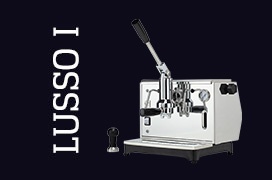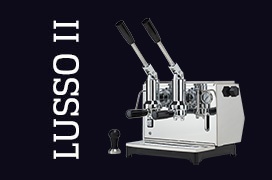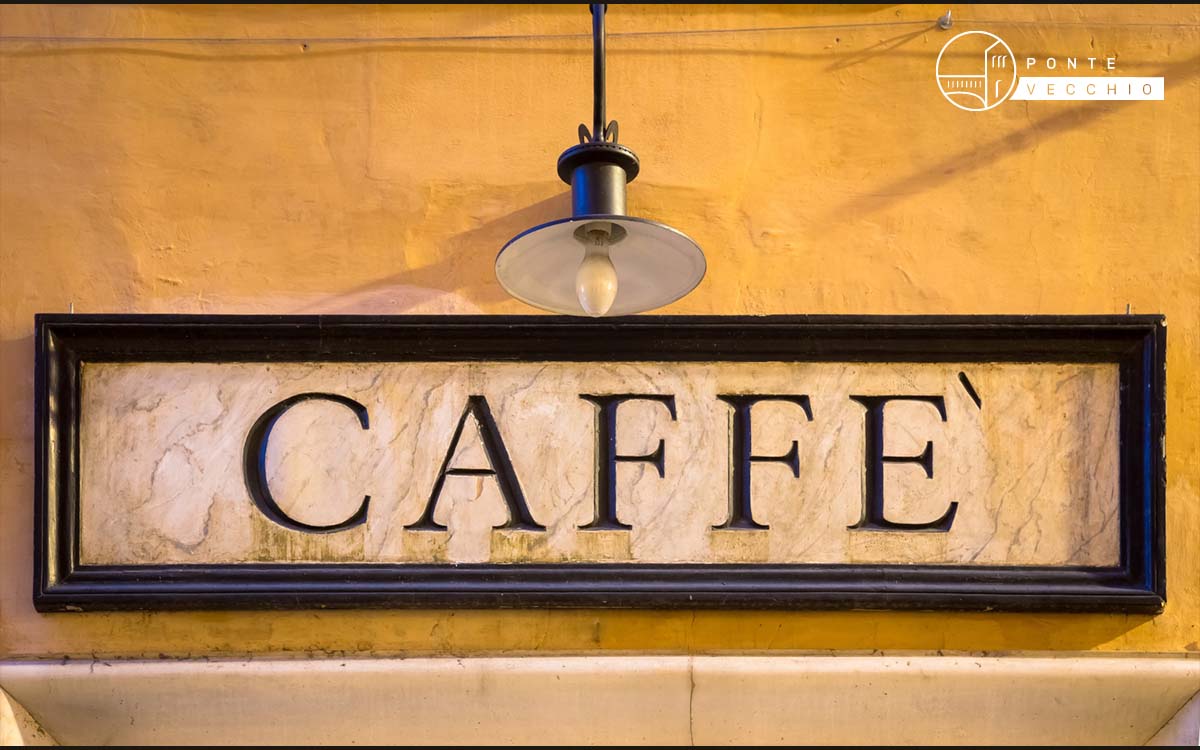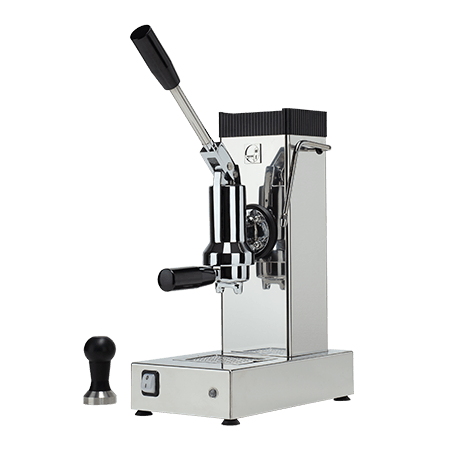It is not just taste, coffee in Italy is tradition, an emblem of socialisation and part of our history. In the peninsula you can find over a hundred historical cafés, where the likes of D’Annunzio, Hemingway, Montale and Joyce loved to enjoy a good coffee. But not only that, in a city of art like Venice, famous artists such as Canaletto also passed through the most famous cafés, and many continue to pass through during the days of the Biennale. In Turin, it happened that the Count of Cavour or Italian royalty met at the café.
In Naples, for example, the most famous café is still extraordinarily frescoed and opens onto Piazza Plebiscito, one of the landmarks of the Neapolitan capital.
Our cities, then, are the setting for real gems, where coffee accompanies the course of history. In this article we have described some of Italy’s historic cafés, including:
- Caffè Al Bicerin in Turin;
- Caffè Mulassano, Caffè Fiorio, Caffè Baratti e Milano in Turin;
- Caffè Arione in Cuneo;
- Caffè Gambrinus in Naples;
- Caffè Cova in Milan;
- Caffè Greco in Rome;
- Caffè Meletti in Ascoli Piceno;
- Antico Caffè Spinnato in Palermo;
- Caffè Tommaseo in Trieste;
- Caffè Pedrocchi in Padova;
- Caffè Gilli in Florence;
- Caffè Florian in Venice;
- Caffè Mangini in Genova;
- Gran Caffè Renzelli in Cosenza;
- Caffè Ronchi Striccoli in Altamura.
We, who know coffee, have tried almost all of them.
Have you? Check out our list and check them out. If you still need to try some, don’t waste time and put coffee tasting on your next travel schedule!
Caffè Al Bicerin, Turin
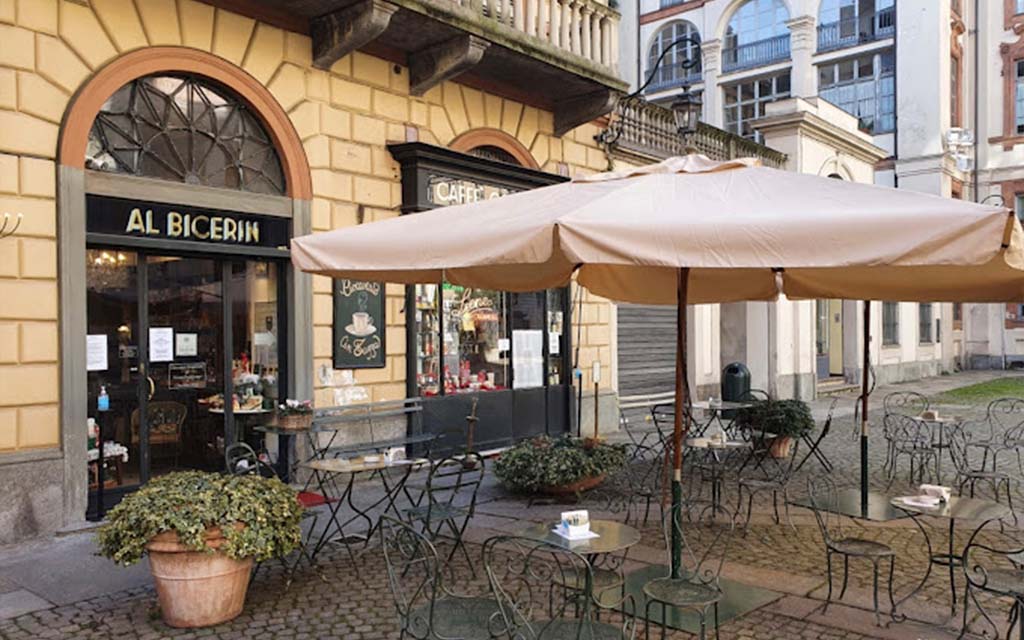
An extraordinary part of Italian history can be said to have passed through its rooms. Indeed, key figures of the Italian Risorgimento, such as Camillo Benso Conte di Cavour and Silvio Pellico, composers of the calibre of Giacomo Puccini, royalty Maria José and Umberto I, and the famous writers Alexander Dumas and Italo Calvino, have all passed through Al Bicerin in Turin.
From the names mentioned, it is already clear that the old café in Turin already has more than two centuries behind it; founded in 1763, the café was a very simple meeting place, with essential furnishings.
It was only in the following century that it took on a more refined and elegant look, with extremely neat furnishings, marble tables and walls covered with wood and mirrors.
The name of the café is linked to its most typical and well-known drink, a chocolate coffee enriched with hot milk, served in a glass ‘il bicerin’.
Caffè Mulassano, Caffè Fiorio, Caffè Baratti e Milano, Turin
Although Turin is best known for the café ‘Al Bicerin’, there are many other historic cafés in the city where one can enjoy not only the aroma of espresso but also that of tradition.
The Caffè Mulassano, opened in the 19th century, is not only a wonderful café but also renowned as the place where the tramezzino was invented.
The Caffè Fiorio dates back to the late 18th century, where nobles and aristocrats used to meet to talk politics and society. The café was very dear to the philosopher Friedrich Nietzsche.
The city also boasts a café listed by the cultural heritage for its particular beauty and care, the Caffè Baratti e Milano in Piazza Castello, where you can sample endless Piedmontese delicacies.
Caffè Arione, Cuneo
Perhaps the name is not very well known, but the product that was invented within its walls probably is: in Cuneo’s Caffè Arione, rum flavoured Cuneesi were invented. Next to the coffee, the chocolates made of overlapping meringue wafers, filled with dark chocolate and rum custard and coated in dark chocolate, are an explosion of extreme gluttony.
Caffè Gambrinus, Naples
‘You see Naples and then you die’ is a very famous saying about the melancholy of leaving the Neapolitan capital. And the same goes for coffee: after drinking a coffee in Naples, it is difficult to find the same taste again. If you want to drink good coffee, you should do it with the right machine and learn the techniques they use in the city.
A must for coffee lovers is Caffè Gambrinus, where espresso is a true art. Besides being an impressive and majestic venue, Caffè Gambrinus is located next to Piazza Plebiscito, one of the symbols of the city. The café is renowned for its sweet specialities, for the many types of coffee it offers and for its unique and inimitable hazelnut coffee.
The café was built in 1860, but over time it has been renovated and embellished with great taste. Masters of the time worked on the café, such as architect Antonio Curri, who chose to embellish it with Jenny and Fiore marble.
Inside, bas-reliefs by Cepparulo, stuccoes by Bocchetta and precious tapestries by Porcelli are visible.
The walls and ceilings are covered with frescoes of landscapes by well-known Neapolitan artists. The Empress of Austria, Sissi, the philosopher Jean-Paul Sartre, the writers Oscar Wilde and Ernest Hemingway have all made a stop at one of Italy’s most renowned historic cafés.
Caffè Cova, Milano
Located on Via Montenapoleone, Caffè Cova is one of the most renowned historical cafés in Italy. Famous people such as Giuseppe Verdi, Giuseppe Mazzini, Giovanni Verga and Arrigo Boito have passed through its walls.
All kinds of people have been inside the café, from the bourgeoisie to intellectuals, from the nobility to the illustrious figures of the Italian Risorgimento.
Its original name was Caffè del Giardino, as it was located on the street that once bore this name, namely Via del Giardino.
Caffè Greco, Rome
Entering the Caffè Greco in Rome, any lover of history, philosophy, literature or art cannot help but be fascinated by such an evocative atmosphere. Located on one of the capital’s most important streets, wandering through the rooms of this ancient café, one can admire over three hundred works of art.
Moreover, in the air one can still feel the presence of the illustrious personalities who have animated its rooms, from Gabriele D’Annunzio to Buffalo Bill. It is a veritable temple in which sculptors such as Antonio Canova and famous international writers such as George Gordon Byron, John Keats, Giacomo Casanova, James Joyce, Stendhal and Johann Wolfgang von Goethe have alternated.
Composers and philosophers were also not lacking, some of them being Richard Wagner, Friedrich Nietzsche and Arthur Schopenhauer. Among the artists we can mention Giorgio de Chirico.
It has to be said that a visit to the Caffè Greco never disappoints because, apart from the extraordinary setting, the products and coffee are outstanding.
Caffè Meletti, Ascoli Piceno
The small Marche city of Ascoli Piceno is a pearl of culture and beauty. In one of its main squares, Piazza del Popolo, the Caffè Meletti has stood for over a hundred years.
The café was one of the stops on Sartre and Hemingway’s trips to Italy and also fascinated Pietro Mascagni. Today, it is one of the favourite haunts of the city’s illustrious personalities.
Antico Caffè Spinnato, Palermo
One of the peculiarities of Sicilian cafés is that they seem like paradises for gourmands. The Antico Caffè Spinnato in Palermo offers the best of the Sicilian culinary tradition, from sweet to savoury (cassata, cannoli, almond paste pastries and marzipan fruit are a must). Among the savoury dishes, you absolutely must indulge in a taste of the typical arancini, with meat sauce or butter.
The coffee, powerful and full-bodied, comes directly from the Piana degli Albanesi plant.
Caffè Tommaseo, Trieste
Among Italy’s historic cafés, a prominent place must be reserved for the cafés of Trieste, due to their beauty and elegance.
The Caffè Tommaseo, founded in 1830, is one of the oldest cafés in the city. Its rooms have hosted internationally renowned writers, including Italo Svevo, Umberto Saba and the Englishman James Joyce.
Caffè Pedrocchi, Padova
In Padova, you can enjoy an excellent espresso inside the Caffè Pedrocchi, famous for having been the scene of an episode relating to the Italian Risorgimento. In one of its rooms, a soldier of the Austro-Hungarian Empire fired his rifle, and the shot is still visible on the walls. This was one of the fuses from which the Risorgimento uprisings were triggered.
The futurist painter Marinetti, Gabriele D’Annunzio and his muse Eleonora Duse, Honoré de Balzac and Stendhal were all guests at this restaurant.
One of the specialities of this café is the mint coffee, where you can taste mint cream with cocoa flakes.
Caffè Gilli, Florence
Elegant and full of charm, Caffè Gilli is one of Florence’s most renowned venues. After first opening in Via Calzaioli, it was moved to Piazza della Repubblica, where it still stands today.
It was opened in 1733 and, over time, has distinguished itself for its exquisite coffee and various culinary specialities. Upon entering the café, one immediately notices the frescoes, wood panelling and wide arches; the numerous Art Nouveau frames add even more refinement to the location.
Caffè Florian, Venice
Among Italy’s historic cafés, a place of honour belongs to the Caffè Florian, the first café to open on the peninsula. Opened by Floriano Francesconi in 1720, it still retains an extraordinary charm. The ambience is fine, with frescoes on the walls and mosaics on the floors; the arrangement of mirrors lends brightness to the space. Throughout time, there has been no artist who has not passed by the Caffè Florian for a coffee, and even today, many celebrities continue to visit it, especially on the occasion of the Biennale.
In the rooms that once hosted Canaletto, Casanova and Goldoni, you can listen to live music, relaxing alone or in company.
Caffè Mangini, Genova
Genova also has its traditional café: in the Ligurian capital, the most renowned and oldest café is Caffè Magini. Inaugurated in 1876 by the Rossignotti family, the café offers an exciting choice of local pastries; in fact, the owners are involved in the production of pastries on an industrial level.
Sarah Bernhardt, Gilberto Govi, Eugenio Montale and, more recently, Camillo Sbarbaro and the President of the Italian Republic Sandro Pertini have all passed through the Caffè Magini.
Gran Caffè Renzelli, Cosenza
Cosenza’s Gran Caffè Renzelli was inaugurated in 1803 and went down in history because it was within its walls that the Risorgimento uprisings of 1844 against Bourbon rule were organised. It was also in the Gran Caffè Renzelli that the Bandiera brothers were brought before being shot.
The café is famous for selling traditional sweets.
Caffè Ronchi Striccoli, Altamura
Set in the charming village of Altamura, Caffè Ronchi Striccoli is one of Puglia’s most renowned historical cafés. It was founded in 1832 and still retains its characteristic atmosphere. It is a great place to enjoy local delicacies and excellent Salento coffee.
Where to drink the best coffee
Italy is the country of coffee par excellence, where historic cafés and bars have hosted celebrities, writers and artists. In some of them, the history of our country has been written and their presence has strongly influenced the development of society.
For espresso lovers, a stop at these establishments is a must and while travelling one should never miss the opportunity to taste a good coffee. It would make no sense to visit Naples and not taste its typical aromas, just as one should not leave Turin without tasting al bicerin.
For a coffee lover, however, coffee should be extraordinary every day without having to travel everywhere in search of a special taste. If you want to indulge in the pleasure of a home-made espresso at any time, discover the right coffee machine for you. Thanks to Pontevecchio lever coffee machines, you will find the taste of discovery in every cup.

